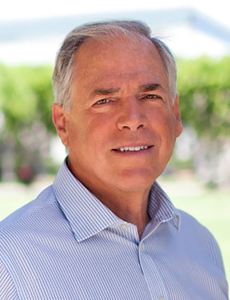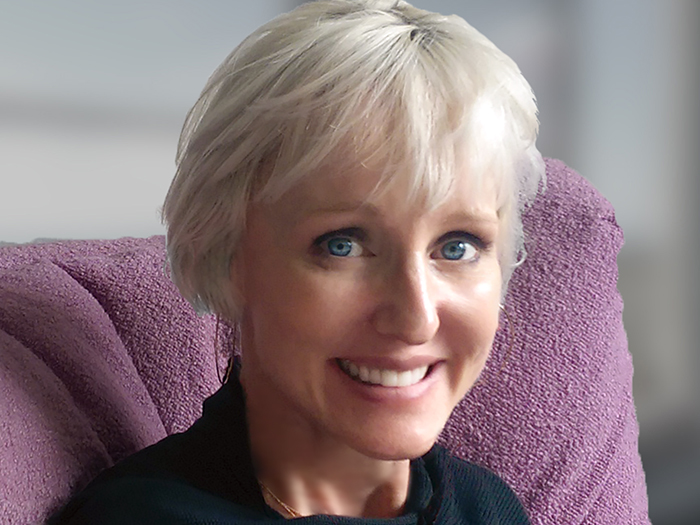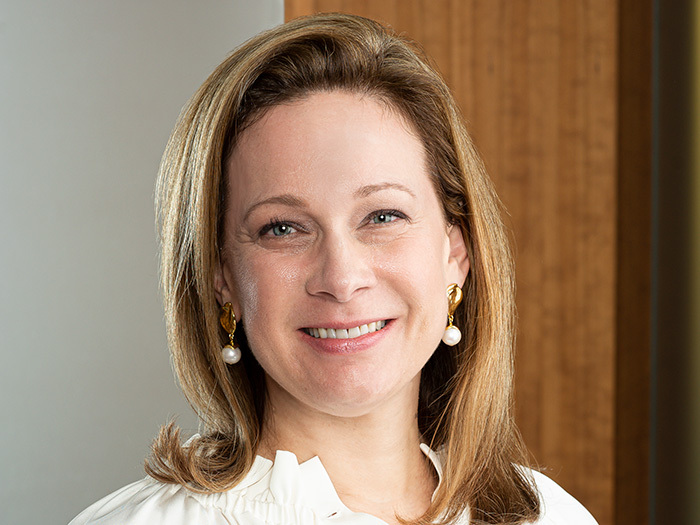As CorVel Celebrates 30 Years, Founder Gordon Clemons Shares Its Four Pillars for Workers’ Comp Success

The upheavals across the globe, in our country and throughout the workers’ comp industry in the past year make the phrase “thinking long term” seem like an oxymoron. Nonetheless, organizations must always be thinking of the future and of the strength of their operations and the teams within them.
As companies adjusted to the challenges of the last year, many took the time to review practices and their approach to conducting business. For the CorVel team, that meant dedicating time and progress to advancing their approaches to caring for injured workers.
“We are applying technologies such as artificial intelligence and machine learning to augment new service modalities such as telehealth and end-to-end virtual care,” explained Gordon Clemons, founder and chairman of the board, CorVel Corporation.
This year, CorVel Healthcare is celebrating its 30th Nasdaq anniversary. In reflecting on that journey, Clemons shared the foundational pillars that he believes has guided CorVel’s way both during these last 30 years, as well as through the pandemic, and created a path for the future.
“We’ve found that our past choices have provided us a strong foundation, particularly important in these times of change, and we seek to share how these choices have enabled us to continue forward,” he said.
Here’s a deeper look at those pillars.
1) The Value of Organic Growth
“Many of the large companies in our industry grew through the acquisition of competitors, and for them, that has been their key strategy,” Clemons said. “But CorVel has always sought after a more organic growth approach, and in doing so, we’ve found successes along the way.”

Gordon Clemons, founder and chairman of the board, CorVel Corporation
Clemons added that while CorVel has made small acquisitions over time to accelerate entry into a new service, the company’s growth has stemmed largely from internal innovations developed in collaboration with its customers.
For example, “we haven’t leased managed care software; we invested in the development of our own technology, seeking an integrated solution that would circumvent our needing to integrate numerous legacy systems,” he said.
“We sought to build our own new services, to avoid the distraction and fragmentation of effort that can come with buying growth through multiple acquisitions.”
The resulting consistency in staffing and operations, Clemons said, benefits customers in that they reap the advantages of working with an experienced staff of people on their account. Additionally, this adds a level of convenience by having the efficiencies of a single platform.
“Because of our efforts, we’re happy to note that our experienced team was one of the first in the industry to offer comprehensive telehealth and end-to-end management of virtual care,” Clemons added.
2) The Value of Strategic Technology Investments
Information management can be the key to providing strong managed care services.
Clemons said CorVel’s managed care and claims services were designed and built on a common platform geared to integrate information from several sources in real time.
“We’ve found that in doing so, we’ve not had to invest time in integrating multiple systems from acquisitions, buying bolt-on technology or trying to link new entities to existing organizations within our company,” Clemons explained.
This has enabled the CorVel team provide a holistic approach and think through a path that encompasses all the components in an episode of care.
“I’m convinced that this approach will make us an industry leader in the use of machine learning, AI and other technologies. Our system engages the injured worker promptly after an injury, improves employee morale and, in turn, we’ve found leads to faster return-to-work and lower total program costs.”
3) The Value of Philosophies Which Encourage Long Tenure
The third pillar Clemons noted is having a team that’s dedicated and in it for the long haul.
He said CorVel has benefitted from the long tenure of many of its team members.
“We believe that various aspects of our company culture have combined to create this result. Our decentralized organization gives individuals the opportunity to feel a sense of ownership of their contributions to the company,” he explained.
There’s an attractiveness in having local decision making and results-driven reporting, which favors individual accountability, especially for “can-do” people, and “we’ve worked hard to attract quite a lot of them,” said Clemons.
“CorVel was founded by a group of people who had worked together before and knew and respected each other,” he said. “When unexpected events such as the pandemic arrived at our door, the people of CorVel went above and beyond what was required to keep the train on the tracks.”
A congruence of values, goals and commitment to success must be a consistent theme when it comes to building a team.
“Working together with our customers, we’ve been able to build teams that have stayed together through the good times and the tough times,” said Clemons. “In fact, a recent survey of our employees certified CorVel as a Great Place to Work.”
Creating a strong culture requires constant effort and living your company’s shared values. It is freeing to employees to be able to learn and grow and be measured by their local success. Shared long-term commitments help teammates advance and find new challenges.
For CorVel, Clemons noted that conservative financial management has helped the company to not focus unduly on short-term results, but instead focus on building the strength of its solutions to meet customer needs.
“In doing so, our local teams are able to commit to customer solutions knowing they won’t be distracted by short-term financial management.”
Of course, like all organizations, CorVel has had its share of “bumps along the way, ” as Clemons put it, but it is in learning from such experiences and applying those lessons to the next set of challenges that keeps an organization moving ahead. The pandemic is just one recent example of an unexpected disruption.
“Working through it has taught us more than one would expect,” Clemons said.
He added that some may think a tradition of longevity works against innovation. “Doesn’t having the same group of people around the table lead to stagnation? We’ve actually found the opposite to be true,” he said.
First, teams develop with members who share long-term goals and values; the history of working together produces synergies, efficiencies and productivity that don’t occur with work groups experiencing more turnover.
Second, dedication to innovation keeps everyone excited, inventive and committed. A focus on innovation gives satisfying meaning to everyone’s career and stirs creativity, that way work is never boring.
4) The Value of the Patient-Centered Approach
There’s one more pillar to add: the value of a commitment throughout the organization to helping clients.
Not so very long ago, workers’ compensation focused on cutting costs, managing transactions and following regulatory guidelines. However, there were some in the space who felt that doing right by the injured worker should be of utmost importance.
“We believed early on that doing the right thing for injured workers would produce the best outcomes. We’ve since been proven right,” Clemons said.
“We’re continuously improving the integration of all of the steps in an episode of care. The historic industry model focused too much on denying services and focusing on transaction costs rather than on designing and delivering vital and coordinated services that make for a positive patient experience. In turn, a good patient experience also produces the best outcomes. The best model is not about inspection and verification — it’s focused upon prompt patient support.”
Putting patients before profit may sound like an idealistic slogan rather than a business model. Yet, Clemons said CorVel’s 30 years of success demonstrates that it can work: “Longevity in the marketplace ultimately depends on happy, satisfied customers in both business-to-business relationships and individual relationships with the ultimate end user: the injured worker.” &










